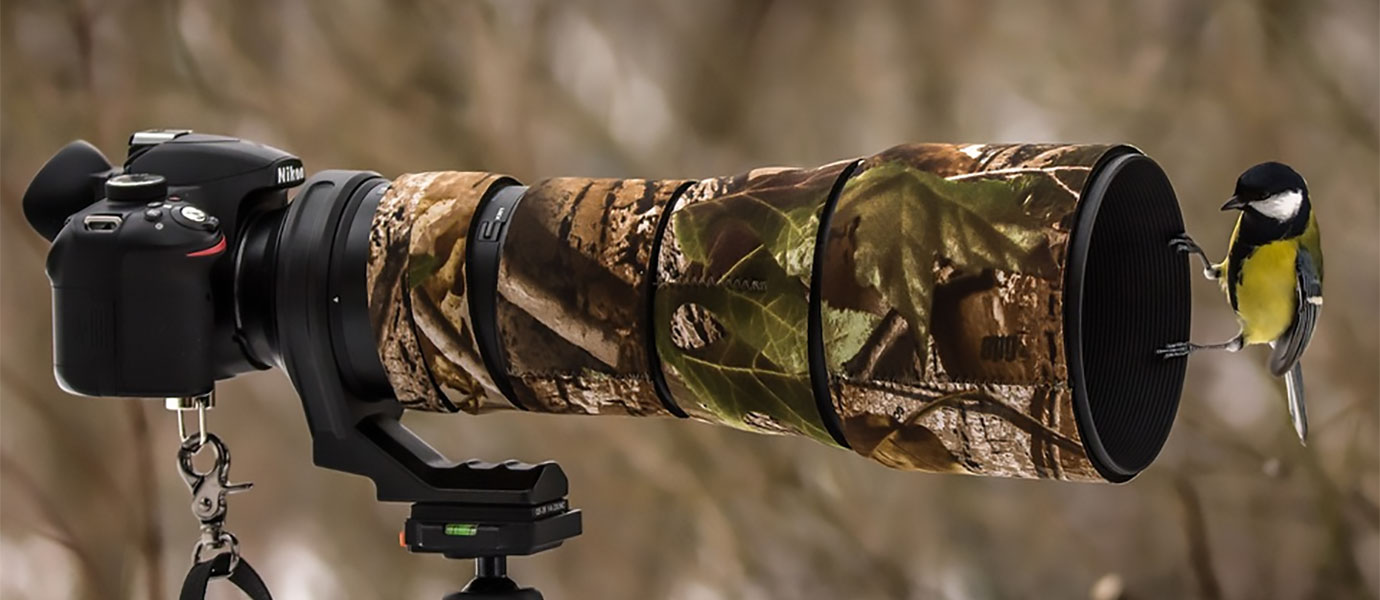ABOUT
National Aviary
The National Aviary is America’s only independent indoor nonprofit zoo dedicated exclusively to birds. The aviary is home to over 600 birds of more than 200 different species, many rare or endangered in the wild. The National Aviary offers large walk-through exhibits, intimate interactions between visitors and free-flying birds, and opportunities to meet many rare or endangered species. The collection of over 150 species, representing nearly every continent, includes the Bald Eagle, Snowy Owl, American Flamingo, Green-Winged Macaw, African Penguin, Hooded Vulture, Lanner falcon, Mandarin Duck, Palm Cockatoo, and many others.
contact info
Hrs: Daily, 10AM-5PM.
HELPFUL LESSON PLAN(S)
Prepared by FieldTripDirectory.com
Bird Watching Lesson Plan
Birds migrate to move from areas of low or decreasing resources to areas of high or increasing resources. The two primary resources being sought are food and nesting locations.
Birds that nest in the Northern Hemisphere tend to migrate northward in the spring to take advantage of burgeoning insect populations, budding plants and an abundance of nesting locations. As winter approaches and the availability of insects and other food drops, the birds move south again. Escaping the cold is a motivating factor but many species, including hummingbirds, can withstand freezing temperatures as long as an adequate supply of food is available.
View Lesson Plan>>ABOUT
National Aviary
The National Aviary is America’s only independent indoor nonprofit zoo dedicated exclusively to birds. The aviary is home to over 600 birds of more than 200 different species, many rare or endangered in the wild. The National Aviary offers large walk-through exhibits, intimate interactions between visitors and free-flying birds, and opportunities to meet many rare or endangered species. The collection of over 150 species, representing nearly every continent, includes the Bald Eagle, Snowy Owl, American Flamingo, Green-Winged Macaw, African Penguin, Hooded Vulture, Lanner falcon, Mandarin Duck, Palm Cockatoo, and many others.
contact info
Hrs: Daily, 10AM-5PM.
HELPFUL LESSON PLAN(S)
Prepared by FieldTripDirectory.com
Bird Watching Lesson Plan
Birds migrate to move from areas of low or decreasing resources to areas of high or increasing resources. The two primary resources being sought are food and nesting locations.
Birds that nest in the Northern Hemisphere tend to migrate northward in the spring to take advantage of burgeoning insect populations, budding plants and an abundance of nesting locations. As winter approaches and the availability of insects and other food drops, the birds move south again. Escaping the cold is a motivating factor but many species, including hummingbirds, can withstand freezing temperatures as long as an adequate supply of food is available.
View Lesson Plan>>ABOUT
National Aviary
The National Aviary is America’s only independent indoor nonprofit zoo dedicated exclusively to birds. The aviary is home to over 600 birds of more than 200 different species, many rare or endangered in the wild. The National Aviary offers large walk-through exhibits, intimate interactions between visitors and free-flying birds, and opportunities to meet many rare or endangered species. The collection of over 150 species, representing nearly every continent, includes the Bald Eagle, Snowy Owl, American Flamingo, Green-Winged Macaw, African Penguin, Hooded Vulture, Lanner falcon, Mandarin Duck, Palm Cockatoo, and many others.
contact info
Hrs: Daily, 10AM-5PM.
HELPFUL LESSON PLAN(S)
Prepared by FieldTripDirectory.com
Bird Watching Lesson Plan
Birds migrate to move from areas of low or decreasing resources to areas of high or increasing resources. The two primary resources being sought are food and nesting locations.
Birds that nest in the Northern Hemisphere tend to migrate northward in the spring to take advantage of burgeoning insect populations, budding plants and an abundance of nesting locations. As winter approaches and the availability of insects and other food drops, the birds move south again. Escaping the cold is a motivating factor but many species, including hummingbirds, can withstand freezing temperatures as long as an adequate supply of food is available.
View Lesson Plan>>ABOUT
National Aviary
The National Aviary is America’s only independent indoor nonprofit zoo dedicated exclusively to birds. The aviary is home to over 600 birds of more than 200 different species, many rare or endangered in the wild. The National Aviary offers large walk-through exhibits, intimate interactions between visitors and free-flying birds, and opportunities to meet many rare or endangered species. The collection of over 150 species, representing nearly every continent, includes the Bald Eagle, Snowy Owl, American Flamingo, Green-Winged Macaw, African Penguin, Hooded Vulture, Lanner falcon, Mandarin Duck, Palm Cockatoo, and many others.
contact info
Hrs: Daily, 10AM-5PM.
HELPFUL LESSON PLAN(S)
Prepared by FieldTripDirectory.com
Bird Watching Lesson Plan
Birds migrate to move from areas of low or decreasing resources to areas of high or increasing resources. The two primary resources being sought are food and nesting locations.
Birds that nest in the Northern Hemisphere tend to migrate northward in the spring to take advantage of burgeoning insect populations, budding plants and an abundance of nesting locations. As winter approaches and the availability of insects and other food drops, the birds move south again. Escaping the cold is a motivating factor but many species, including hummingbirds, can withstand freezing temperatures as long as an adequate supply of food is available.
View Lesson Plan>>
